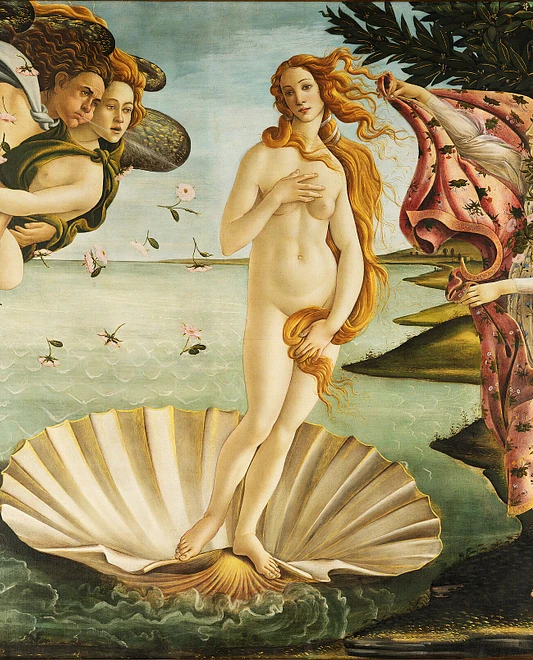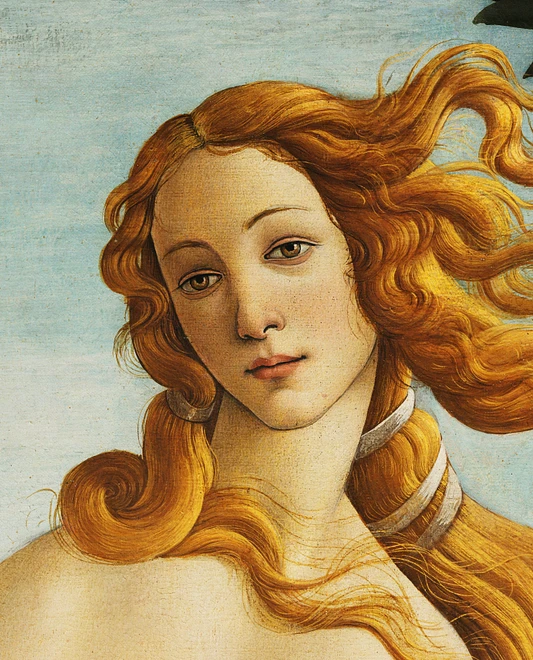The Birth of Venus by Botticelli: Meaning, Mythology, and Artistic Legacy
Introduction: Why The Birth of Venus Still Captivates the World
Sandro Botticelli’s The Birth of Venus is more than just a beautiful painting—it's a symbol of the Renaissance, a celebration of myth, and a visual poem about beauty and love. Painted in the 1480s, it remains one of the most admired and analyzed works in the history of Western art.
Who Was Botticelli? A Brief Artist Bio
Born in Florence around 1445, Sandro Botticelli was one of the leading artists of the Italian Renaissance. Trained under Fra Filippo Lippi, Botticelli developed a style characterized by flowing lines, elegant figures, and emotional depth. He worked extensively for the Medici family, blending classical mythology with humanist ideals.
The Myth Behind The Birth of Venus
The painting depicts Venus, the goddess of love and beauty, emerging from the sea on a giant shell. According to myth, she was born from sea foam after Uranus's severed body fell into the ocean. Botticelli transforms this dramatic myth into a serene and elegant scene.
In the painting:
-
Zephyrus, god of the west wind, carries Chloris, blowing Venus ashore.
-
A Hora of Spring, one of the goddesses of the seasons, offers her a floral robe.
-
Venus stands modestly, her body stylized and serene, evoking classical sculpture.
Symbolism and Style in The Birth of Venus
Botticelli’s style in this painting is unique—graceful, airy, and dreamlike, rather than strictly realistic. The elongated proportions and floating quality of the figures make the scene feel almost divine.
Symbolic elements include:
-
The Shell: Represents birth, fertility, and feminine beauty.
-
Roses: Blown by Zephyrus, they symbolize love and purity.
-
Nudity: Seen not as erotic but as a symbol of ideal, divine beauty.
Many scholars interpret the painting through a Neoplatonic lens, suggesting that physical beauty leads the soul toward spiritual enlightenment.
Where to See The Birth of Venus Today
You can view The Birth of Venus in the Uffizi Gallery in Florence, Italy. It remains one of the museum’s most visited artworks, alongside Botticelli’s other famous piece, Primavera.
Tip: If you're planning a visit, book your Uffizi Gallery tickets in advance—this masterpiece draws huge crowds!
Conclusion: A Painting That Transcends Time
More than 500 years after its creation, The Birth of Venus continues to enchant and inspire. It represents a moment in art when myth, beauty, and intellect converged—a timeless vision of divine elegance that still speaks to modern audiences.
Whether you're a lover of mythology, art history, or just beauty in all its forms, Botticelli’s masterpiece is a must-know, and if you can, a must-see.

